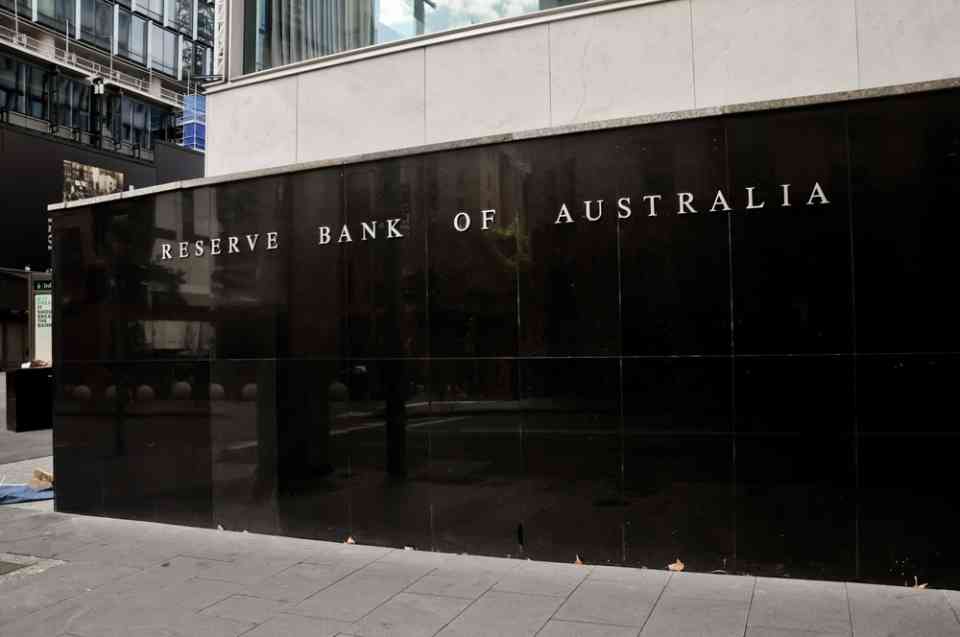Australia’s Monetary Policy Impact Comparable to Other Advanced Economies, Says RBA Official

Australia’s monetary policy does not have a greater impact than those of other advanced economies, despite the high levels of variable-rate mortgage debt held by Australian households, according to a senior Reserve Bank official. Assistant Governor Christopher Kent explained on Monday that central estimates from Reserve Bank of Australia (RBA) models show the decline in GDP and inflation following an unexpected policy rate increase is similar to outcomes predicted by models in the U.S., euro area, U.K., Canada, and Sweden.
Kent attributed this to characteristics of the Australian mortgage market that provide most borrowers with financial buffers, enabling them to manage periods of rising interest rates. He mentioned that this had been evident during the recent period of rate hikes, although he acknowledged that many borrowers have faced challenges with increased rates over the past two years, leading to a noticeable slowdown in household spending.
Australian households are among the most indebted globally, a consequence of soaring property prices in recent years, particularly in the pivotal Sydney market. The RBA began tightening monetary policy in 2022 in response to escalating inflation, aligning with global trends, though it raised rates less aggressively than many other central banks to protect the labor market.
The RBA’s cash rate currently stands at 4.35%, the highest in 13 years, and is about one percentage point lower than the peak rates in the U.S. and New Zealand. Some economists had argued that the rapid transmission of rate increases to floating-rate mortgages in Australia would significantly dampen household spending. However, Kent contested this view, suggesting that the impact of monetary policy in Australia is not more pronounced or faster than in other advanced economies.
To assess the overall strength of monetary policy, Kent proposed comparing its effects on GDP and inflation across different economies using macroeconomic models. He noted that such comparisons have shown Australia’s monetary policy to be in line with other nations.
Kent also addressed the RBA’s approach to forward guidance, pointing out that, outside of the pandemic period, the central bank has generally offered guidance less frequently, in more qualitative and less explicit terms, and over shorter periods than some of its global counterparts. He referenced former Deputy Governor Guy Debelle’s perspective, which suggested that if the RBA’s reaction function is well understood, forward guidance might not provide significant additional clarity and could potentially cause confusion.
Kent expressed support for periodically reviewing the RBA’s forward guidance practices. He suggested that this review could involve exploring “other ways that the RBA might clarify the nature of its reaction function.
| GDP (nominal) | Capital | Head of State | Head of Government | GDP (nominal) per capita | GDP (PPP) | GDP (PPP) | GDP (PPP) per capita |
|---|---|---|---|---|---|---|---|
| Australia | Canberra | Sue Lines | Anthony Albanese | 1.687.713 | 63.487 | 1.780.000 | 64.675 |
Have you read?
Countries Most in Debt to the International Monetary Fund (IMF).
Most Successful Unicorn Startups.
$100 Billion Club: Richest People With The 12-Figure Fortunes.
Largest electricity consumers in the world, by country (in terawatt-hours).
Countries that Export the Most Goods and Services.
Bring the best of the CEOWORLD magazine's global journalism to audiences in the United States and around the world. - Add CEOWORLD magazine to your Google News feed.
Follow CEOWORLD magazine headlines on: Google News, LinkedIn, Twitter, and Facebook.
Copyright 2025 The CEOWORLD magazine. All rights reserved. This material (and any extract from it) must not be copied, redistributed or placed on any website, without CEOWORLD magazine' prior written consent. For media queries, please contact: info@ceoworld.biz








